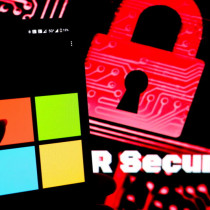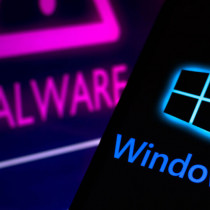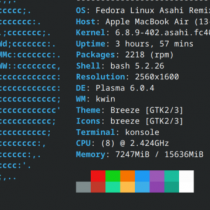Can Linux Help Save SGI?
Source: Newsforge.com
One of Linux's supposed barriers in high performance computing is the "eight processor limit." SGI says their new Altix 3000 line, running a patched 2.4.19 kernel, handily breaks this barrier -- it can run up to 64 Intel Itanium 2 microprocessers -- and that "superclusters" built with SGI's Linux-based products can outperform generic Linux clusters in some applications by a large enough margin to justify their additional cost.
Addison Snell, SGI's product manager for high performance computing, says, "We've take taken the high end architecture of our SGI Origin 3000 and we run it on Intel Itanium 2."
In the past, SGI has concentrated on proprietary operating systems, notably its own IRIX, and its proprietary MIPS microprocessors. These have long been regarded as great products from a technical standpoint, but have been getting beaten consistently in many segments of the high performance computing (HPC) marketplace by lower-cost computing clusters running Linux and generic -- usually Intel -- microprocessors.
The company has been eyeing Linux for several years and has steadily moved toward becoming a Linux-oriented shop, to the point of assuming responsibility for respected Linux International leader Jon 'maddog' Hall's salary and expenses in late 2002.
SGI's Linux embrace may not have been completely voluntary. The company has been on the ropes financially for several years. It sold its Cray supercomputer business in early 2002, and before that SGI transferred a number of its 3-D graphics patents to Microsoft in a deal that netted SGI some much-needed cash and closed out some lingering graphics patent conflicts with NVidia and its partners, and apparently gave Microsoft a big piece of the intellectual property it needed to get the XBox out the door on time without any threat of patent conflicts.









































































